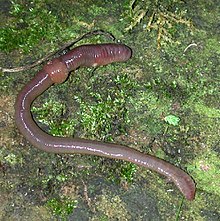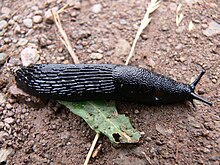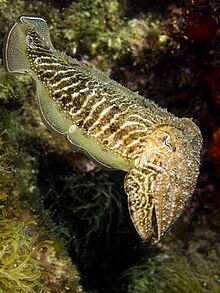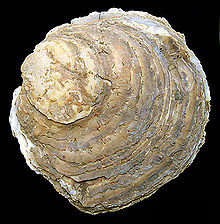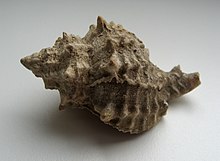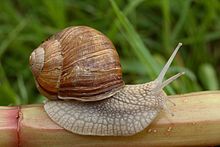In 1758, in the 10th edition of Systema Naturae, the Swedish scientist and taxonomist Carl Linnaeus described the class "Vermes" as: [1]
Animals of slow motion, soft substance, able to increase their bulk and restore parts which have been destroyed, extremely tenacious of life, and the inhabitants of moist places. Many of them are without a distinct head, and most of them without feet. They are principally distinguished by their tentacles (or feelers). By the Ancients they were not improperly called imperfect animals, as being destitute of ears, nose, head, eyes and legs; and are therefore totally distinct from Insects.
Linnaean Characteristics [2]
- Heart: 1 auricle, 0 ventricles. Cold, pus-like blood.
- Spiracles: obscure
- Jaw: various
- Penis: frequently hermaphrodites
- Organs of Sense: tentacles (generally), eyes, no brain, no ears, no nostrils
- Covering: calcareous or none, except spines
- Supports: no feet, no fins. Crawls in moist places & are mute
The class Vermes, as Linnaeus conceived it, was a rather diverse and mismatched grouping of animals; basically it served as a wastebasket taxon for any invertebrate species that was not an arthropod. With the advent of the scientific understanding of evolution, it became clear that many of the animals in these groups were not in fact closely related, and so the class Vermes was dropped for several (at least 30) phyla.
This page is based on this
Wikipedia article Text is available under the
CC BY-SA 4.0 license; additional terms may apply.
Images, videos and audio are available under their respective licenses.
